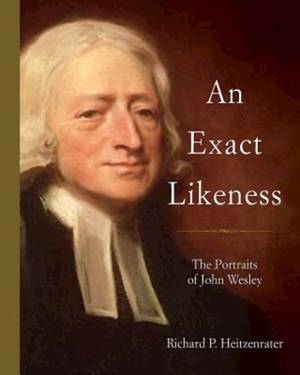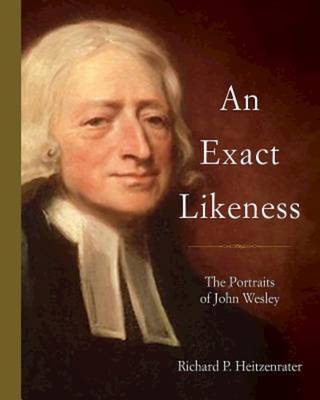
- Afhalen na 1 uur in een winkel met voorraad
- Gratis thuislevering in België vanaf € 30
- Ruim aanbod met 7 miljoen producten
- Afhalen na 1 uur in een winkel met voorraad
- Gratis thuislevering in België vanaf € 30
- Ruim aanbod met 7 miljoen producten
Zoeken
€ 55,45
+ 110 punten
Omschrijving
Faces are more than a montage of organs that see, breathe, speak, hear, eat, sing, smell, and yell. As Josephine Tey points out in her mystery novel, The Daughter of Time, the slant of an eyebrow, the set of a mouth, the look of the eye, the firmness of a chin, often can provide evidence of character that is as telling as a report card or a police blotter. Those features depicted on portraits of individuals can be equally telling of the person's inner nature or perhaps of what the artist thinks (or wants the viewer to think) about the person being portrayed. Sometimes a portrait might be even more useful than a biography. While examining these portraits, the author considers three questions: what was Wesley's attitude toward the portrait (if any), how did the public respond to these portrayals, and what was the artist attempting to convey? This book focuses on the main portraits and their derivatives, looking at them within the three main categories that developed over the years: Oxford don, Methodist preacher, and notable person. Although these types seemed to arise in chronological order, there is some overlap between categories, especially toward the end of Wesley's life and beyond.
Specificaties
Betrokkenen
- Auteur(s):
- Uitgeverij:
Inhoud
- Aantal bladzijden:
- 128
- Taal:
- Engels
Eigenschappen
- Productcode (EAN):
- 9781501816604
- Verschijningsdatum:
- 5/04/2016
- Uitvoering:
- Hardcover
- Formaat:
- Genaaid
- Afmetingen:
- 211 mm x 259 mm
- Gewicht:
- 498 g

Alleen bij Standaard Boekhandel
+ 110 punten op je klantenkaart van Standaard Boekhandel
Beoordelingen
We publiceren alleen reviews die voldoen aan de voorwaarden voor reviews. Bekijk onze voorwaarden voor reviews.











